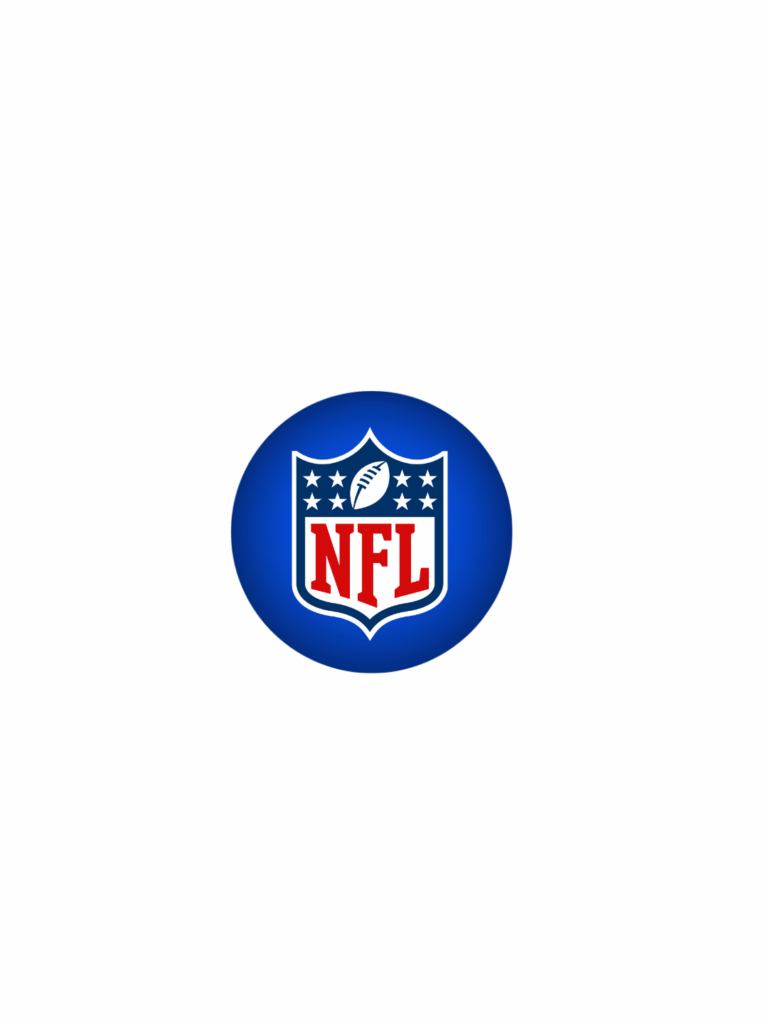Who won the 2024 Super Bowl?
The Birth of an Empire: The Humble, Chaotic Origins of the NFL
The National Football League is a cultural titan, a economic powerhouse, and a weekly American ritual. Its championship game, the Super Bowl, is a de facto national holiday. Yet, its origins were anything but glamorous. The NFL was not born in a glittering boardroom but from a desperate need for order, emerging from the rough-and-tumble, often chaotic world of early professional football in the gritty industrial towns of the American Midwest.
The Wild West: Professional Football’s Lawless Dawn
In the early 20th century, football was dominated by collegiate athletics. The concept of professional play was seen as vulgar and corrupt. However, in blue-collar regions like Ohio and Western Pennsylvania, a different version of the game was taking root. Factory towns formed their own teams, comprised of workers and former college stars who accepted under-the-table payments to play on weekends.
This was an era of pure sporting anarchy. There was no central league. Teams scheduled their own games against local rivals and any other club willing to play. The system was plagued by two critical problems:
- Player Poaching and Salary Wars: Wealthy team owners would lure the best players from rivals with exorbitant offers, creating an unsustainable inflationary spiral for smaller clubs.
- Itinerant Players: Athletes would “jump” from team to team week-to-week, following the highest paycheck, preventing the development of team identity or fan loyalty.
The catalyst for change was a scandal. In 1906, rumors swirled that the Canton Bulldogs had thrown a game against their arch-rivals, the Massillon Tigers, as part of a betting racket. The incident threatened the fragile credibility of the entire sport and made it clear that without a governing body, professional football would remain disreputable and unviable.

The Meeting in the Hupmobile Showroom: A League is Formed
On August 20, 1920, a group of men gathered in the showroom of Ralph Hay’s automobile dealership in Canton, Ohio. Hay, the owner of the Canton Bulldogs, called the meeting to address the sport’s existential crisis. Among them was Jim Thorpe, the world-renowned Olympic athlete and star of the Bulldogs.
Representatives from eleven teams attended, including the Akron Pros, Dayton Triangles, and Decatur Staleys (which would later become the Chicago Bears). Their goal was simple: to form a league that would end player poaching, establish a standard schedule, and lend the sport legitimacy.
From this historic meeting, the American Professional Football Conference (APFC) was born. Weeks later, on September 17, the organization was renamed the American Professional Football Association (APFA). Jim Thorpe, chosen for his fame rather than his business acumen, was named its first president. The cost of entry for a franchise was a mere $100.
Growing Pains: The APFA’s Struggling Early Years
The inaugural 1920 season was a far cry from the structured league of today. The APFA was a loose confederation. Teams still played non-league opponents, and those results counted in the standings. There was no set schedule or championship game. The first champion, the Akron Pros, was simply the team with the best win-loss record at the end of the season.
Franchise instability was the norm. Teams folded and new ones joined every year. Between 1920 and 1932, over 50 different teams came and went. It was a constant struggle for survival.
Key Steps Toward Legitimacy: The NFL is Born
Two pivotal moments in the 1920s set the league on a more stable path:
- The Rebranding (1922): In 1922, the APFA changed its name to the National Football League (NFL). The new name was stronger, more professional, and gave the league a clear identity.
- The Red Grange Tour (1925): The signing of Harold “Red” Grange, a colossal college star from the University of Illinois, was a watershed moment. His national tour with the Chicago Bears drew massive crowds, proving that pro football could be a major spectator attraction in big cities, not just small towns. This same year, Tim Mara founded the New York Giants, betting that the league needed a franchise in the nation’s largest media market to succeed.
The Rivalry That Forged a Giant: The AFL Merger
The NFL’s next great challenge came not from within, but from a rival. The American Football League (AFL) was founded in 1960, launching a costly war for players and fans. Rather than destroy each other, the two leagues agreed to a merger in 1966, which was fully realized in 1970. This agreement created a unified league with two conferences (NFC and AFC) and established a world championship game: the AFL-NFL World Championship Game, later renamed the Super Bowl.
This merger was the final, crucial piece. It incorporated exciting AFL teams and philosophies, expanded the league nationally, and created the iconic spectacle that would become the single biggest event in American sports.
Conclusion: From Ohio Showroom to Global Phenomenon
The NFL’s origin story is not one of instant success but of resilience and adaptation. It was born from chaos in an Ohio car dealership, saved by the drawing power of stars like Red Grange, solidified by visionary owners, and ultimately perfected through competition with a rival league.
The journey from the Akron Pros to the Kansas City Chiefs, from ragged games in industrial towns to the glitz of the Super Bowl, is a testament to the league’s ability to evolve. It is a uniquely American tale—forged in industry, refined by competition, and perfected for television—to become the undeniable empire it is today.
